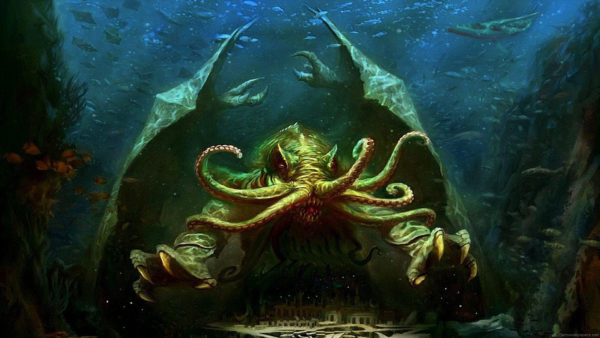
More than half a billion years ago, headless sea creatures that looked like leaves, teardrops and coils of rope trawled the primeval seas.
Although these primordial animals looked nothing like us, some of our most important genes may be 555-million-year-old relics from these long-lost creatures, according to a new study.
The study found that Earth’s earliest and most primitive animals may have had genes that code for body symmetry, sensory organs and immune systems that are still around today.
Animals of the Ediacaran era were flat, bottom-feeding ocean dwellers that scoured the seafloor. They were truly otherworldly in appearance; some, such as shape-shifting rangeomorphs, looked so much like leaves that scientists debated for decades whether the creatures were in fact animals, Live Science previously reported.


